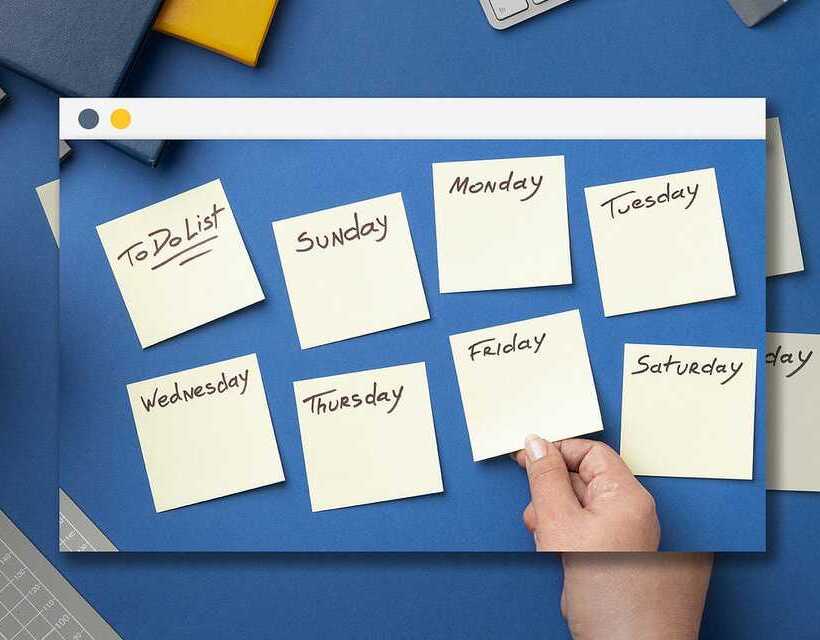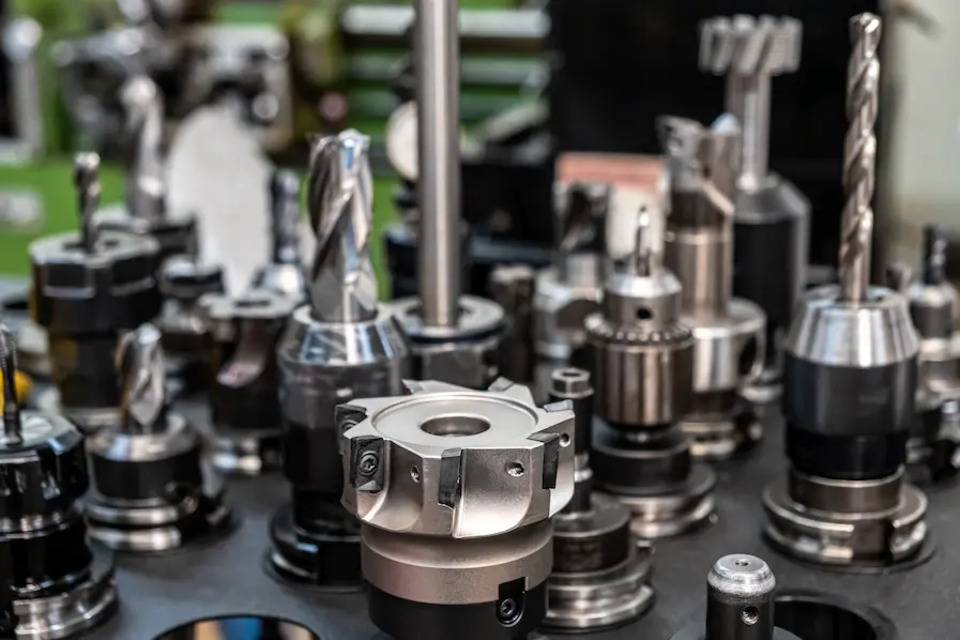You've been dreaming of that perfect, custom-machined part for your project - but you're hesitant to take on a machining project because you think it's too expensive or too complicated.
Well, don't worry! Machining projects are more affordable and easier than you could ever imagine. In this article, we'll reveal the secrets of how to make your machining dreams come true without breaking the bank.
You'll be surprised how easy and cost-effective machining can be when done right! So sit back, relax, and let us guide you through the process of making your machining project a reality.
Understand Your Project

Understanding your project is key to making sure it's done right - so don't skimp on the details! Whether you're a first-time machinist or an experienced professional, having a clear understanding of what you need to do will make the process go more smoothly.
Before you start any project, assess your goals and objectives. Ask yourself questions like: What do I want this project to accomplish? What materials are needed and where can I get them? How long should the project take me?
Taking even just a few minutes to think through these questions will help ensure that your project goes off without a hitch. Don't forget - being prepared pays off in the end! Having everything you need before beginning will save time and money, so it's worth doing some research up front.
Research Your Options
Exploring your options is essential for making the best decision on a machining project. Don't get stuck in the stone age, use today's technology to find the most cost-effective solution.
With so many options available, it can be difficult to determine which one is right for you. The internet is a great resource for researching different types of machining projects and finding out what others have done in similar circumstances. You can also ask around at local machine shops or other manufacturing establishments to get an idea of what works best in your area.
Doing this research will help you make an informed decision so that you don't waste time and money on something that won't work for you. Additionally, looking into the costs associated with each type of project will give you an accurate picture of what it will cost to complete successfully.
Once you've gathered all the necessary information, you'll be ready to decide which machining project is right for your needs and budget.
Develop a Budget
Developing a budget for your machining project is key to finding the most cost-effective solution and ensuring you don't go over budget. It's important to know how much money you have, both available and allocated, so that you can make informed decisions about materials, tools, supplies, and labor costs.
To determine an appropriate budget for your project, consider these three steps:
- Research the estimated prices of materials needed for the project.
- Calculate labor costs based on how long the project will take.
- Estimate additional expenses like shipping or taxes.
With a clear understanding of what you need to purchase and how much it will cost, you can confidently allocate funds that will cover all aspects of your machining project. You'll be able to create something special without breaking the bank! Plus, with careful planning and budgeting in place, the process will be more enjoyable as well as satisfying when completed – making it easier for people who share similar interests in machining projects to come together and work towards a common goal.
Choose the Right Materials
Choosing the right materials for your machining project can be like finding a needle in a haystack. With so many options to choose from, it can be difficult to determine which material is best for your project. Fortunately, there are some basic guidelines you can follow to find the most suitable material for your needs.
First, consider the properties of each material you're looking at and how they will affect the performance of your machining project. Aluminum and steel are two common choices that offer strength and durability, while plastic or wood may have advantages such as being lightweight or easier to work with. Additionally, think about whether any special treatments need to be applied before or after machining—such as heat treatment or plating—to ensure maximum performance and longevity of results.
Lastly, make sure to factor in costs associated with materials when developing a budget for your project; obtaining the highest quality materials within an affordable price range is key! A little research and planning ahead can go a long way towards helping you select the perfect materials for your machining projects.
Create a Timeline

Planning ahead is essential for ensuring your machining project stays on track, so set aside some time to create a timeline. Here are three things to include in your timeline:
- Estimate the amount of time it'll take to complete each step of the process.
- Make sure that you leave enough time for unexpected complications or delays.
- Put aside a few days at the end for testing and quality assurance checks before declaring success!
Creating a timeline helps keep you organized and focused throughout your machining project. Setting goals and breaking down tasks into manageable chunks can help make even complex projects more achievable than they may seem at first glance! So don't be intimidated. With careful planning, nothing is out of reach when it comes to creating something amazing with machining!
Utilize Resources
You don't have to go it alone when it comes to machining projects. Ask for help from those who've been in the business longer than you.
Look for deals that can make your project more affordable. With these two resources, machining projects can be within reach!
Ask for Help
Don't be afraid to ask for help with your machining project; you don't have to go it alone! Utilizing the knowledge and experience of others can prove invaluable in the success of your project.
It doesn't matter if you are just starting out or you're an experienced machinist, seeking advice is a great way to ensure that you complete your project safely, cost-effectively, and on time.
There are plenty of resources available to help with all aspects of machining. Your local community college may offer seminars or classes on machine tools, welding, and other related topics. There are also trade associations such as the American Machine Tool Distributors Association (AMTDA) that provide resources for members such as technical support and industry news.
For those who prefer online learning, there are many online tutorials available from companies like Mastercam or Autodesk Fusion 360. Finally, asking questions on forums like Reddit's Machinists subreddit can provide helpful answers from experienced professionals in the field.
Look for Deals
You already know the importance of asking for help when it comes to completing machining projects, but don't forget the importance of looking for deals as well!
There are plenty of ways you can find great deals on materials and tools for your project without breaking the bank. Here are three easy steps you can take to find more affordable options:
- Check out online auction sites like eBay or Craigslist for used parts and tools.
- Follow your favorite tool store's social media accounts - they often post sales or discounts that could save you some money!
- Ask around your local makerspace or community college if they have any materials or tools available at a discounted rate.
By taking advantage of these tips, you'll be able to complete your machining project with ease while still sticking to a budget. So don't hesitate - get searching today and find those deals!
Prepare for Errors
No matter how much planning you do, mistakes are inevitable when machining projects; alluding to Murphy's Law, prepare for errors.
Even the most experienced hobbyists will make errors at some point in their project. The best way to avoid added costs due to errors is to anticipate them and plan accordingly.
Make sure you have extra materials on hand so that if something goes wrong, you have the supplies necessary to fix it without running back to your local hardware store. Research which tools are appropriate for the job and develop a strategy in case of any unforeseen issues or delays. By preparing yourself ahead of time, you can save yourself money and stress down the line.
Additionally, double-check your measurements before beginning work on your project. A small mistake at this stage could cost more later on as it would require additional materials or a complete redo of the project from scratch. Taking the time now will help you get better results and save money in the long run!
With a bit of forethought and preparation, machining projects can be more affordable than expected - no matter what Murphy throws your way!
Consider Long-Term Benefits

Investing in machining projects now can pay off big time later! When you consider the long-term benefits of investing in a machining project, it's easy to see why they're such a great choice for any budget.
Not only do they offer the potential to save money on costly repairs down the line, but they also provide an opportunity to increase efficiency and productivity that will benefit your business far into the future. Additionally, many machining projects come with warranties that help protect investments over extended periods of time.
The biggest long-term benefit of investing in a machining project is that it offers stability and reliability for your operations. Machining projects are designed to last for years - providing consistent performance and operation over time - which makes them more reliable than other types of equipment and tools.
Plus, when you invest in a quality machining project now, you won't have to worry about upgrading or replacing it any time soon. That means fewer expenses on maintenance and repairs, as well as less downtime due to malfunctions or breakdowns. All these factors add up to significant savings over the years - making machining projects more affordable than you may think!
Conclusion
You've come a long way in your machining project. By understanding the scope of the project, researching your options, developing a budget, and choosing the right materials, you can complete your project with success.
Creating a timeline, utilizing resources, and preparing for errors are also important steps to consider.
Interesting fact: it's estimated that 85% of all metal parts used in manufacturing are made from metal-cutting machine tools. That means that machining projects play an important role in our everyday lives!
With proper planning and research, machining projects can be more affordable than you think. So why not give it a try?
